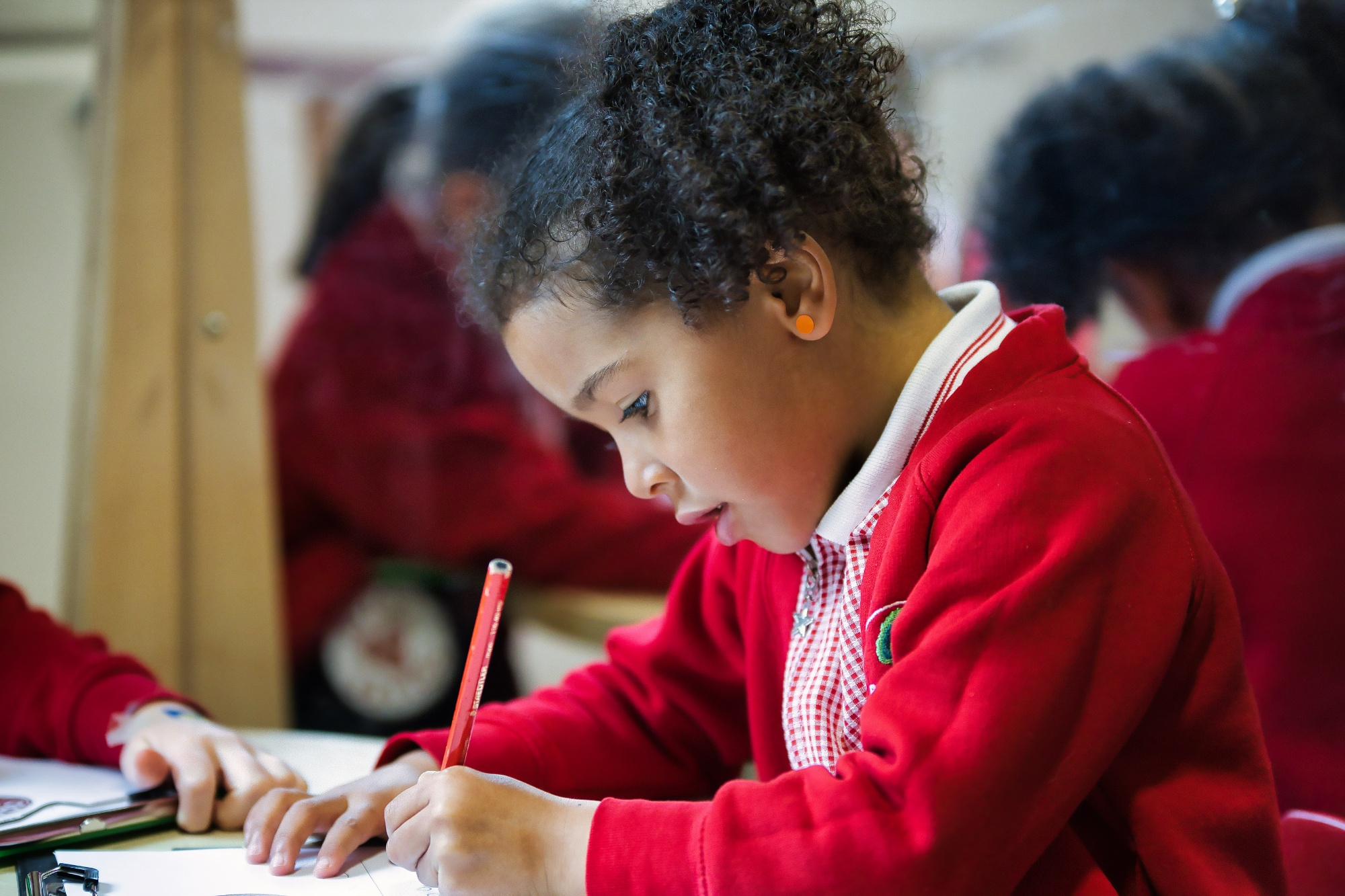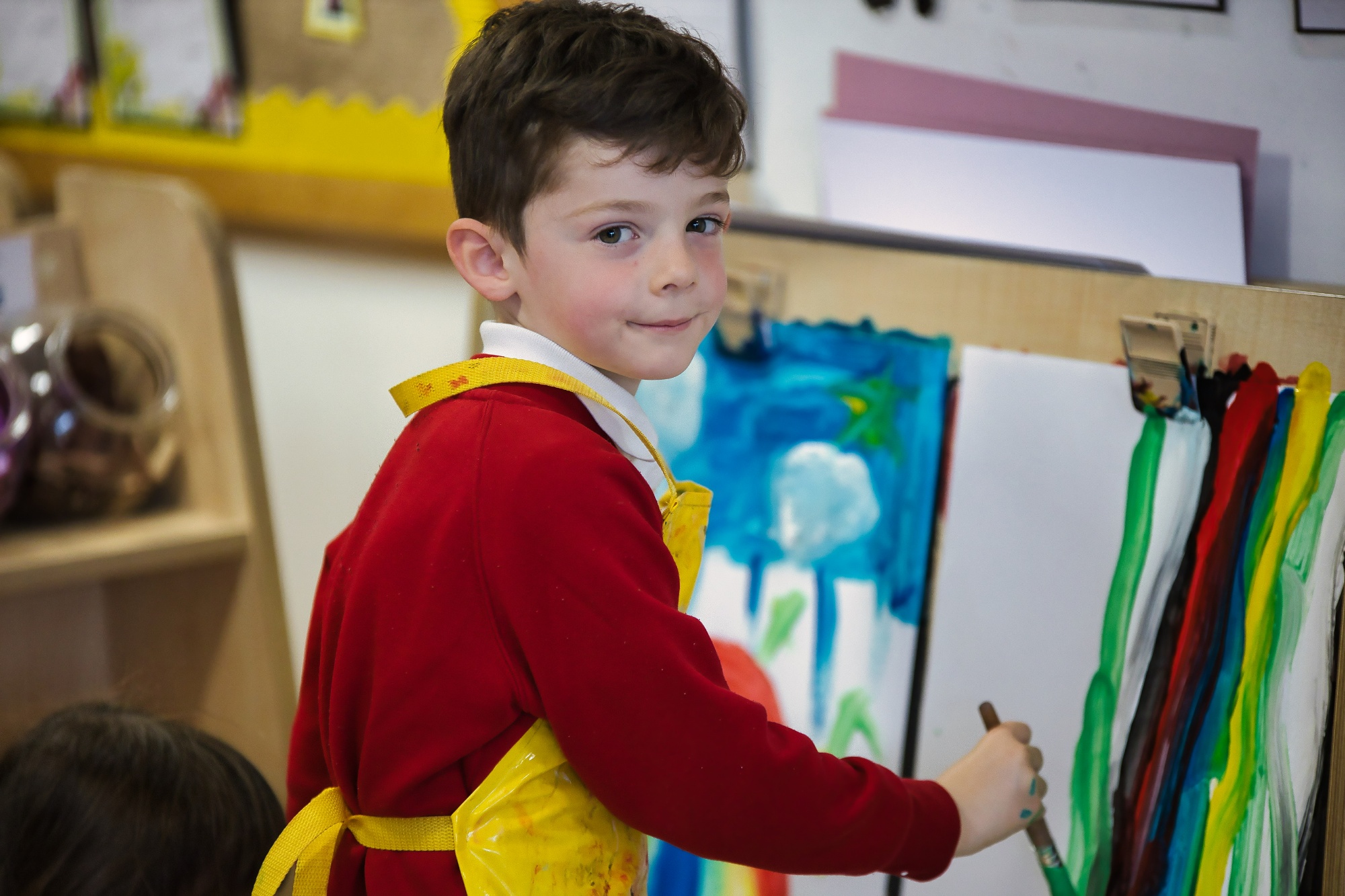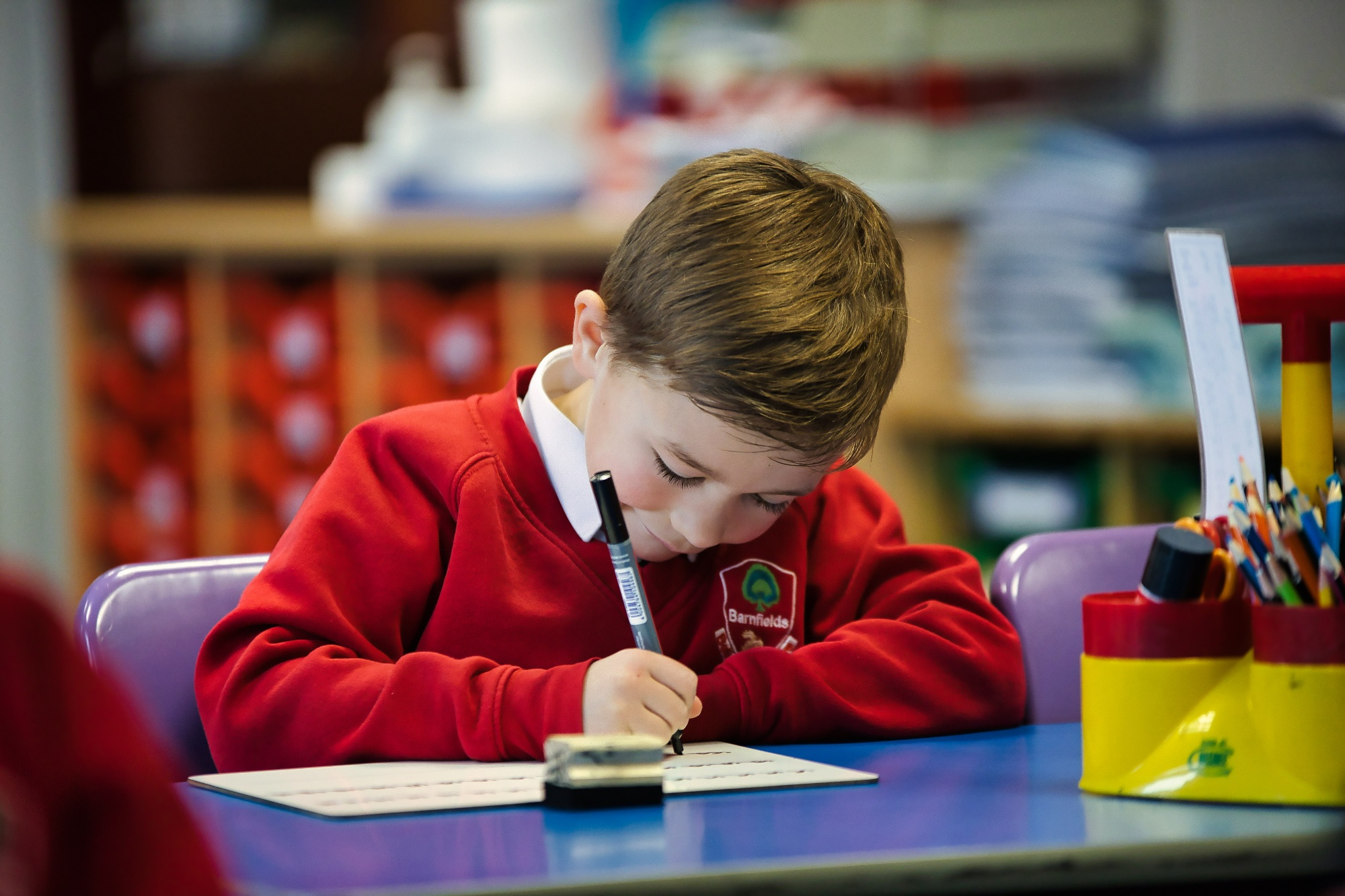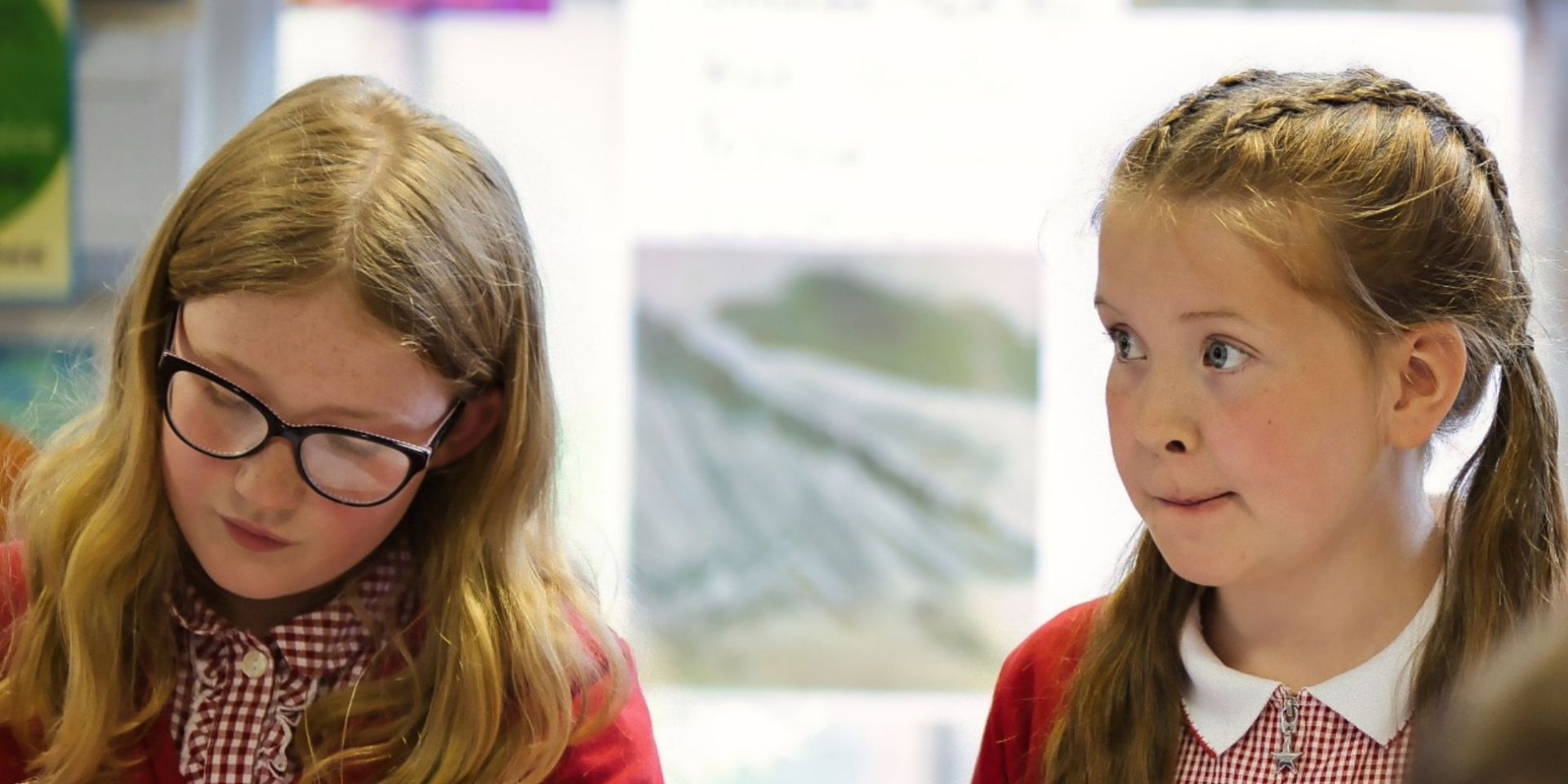mathematics
Subject Leader: Mrs Turton
Mathematics Intent
At Barnfields Primary School, we believe that children deserve an ambitious mathematics curriculum that prepares them for everyday life and future employment. Our mathematics curriculum adopts the mastery approach, enabling the children to acquire a deep, long term, secure and adaptable understanding of the subject. The curriculum focuses on the fundamentals of number, geometry, measurement and statistics.
Our mathematics curriculum will give children the opportunity to become fluent in the fundamentals of mathematics. They are taught to reason mathematically by following a line of enquiry, finding connections and establishing relationships whilst using mathematical language. Children are taught to solve problems by applying their mathematics to a variety of routine and non-routine problems with increasing sophistication, including breaking down problems into a series of simpler steps and persevering in seeking solutions.
Our Mathematics Approach at Barnfields
In order to support our approach to teaching for Mastery of Mathematics, we use the White Rose Maths Hub materials to support our planning and teaching.
These materials:
- Have number at their heart. A large proportion of time is spent reinforcing number to build competency.
- Ensure planning supports the ideal of depth of learning before breadth of learning.
- Provide plenty of opportunities to build reasoning and problem-solving elements into the curriculum
At Barnfields Primary School, we believe it is important that children develop a deep understanding of the mathematical concepts they are learning. Therefore we use a concrete, pictorial, abstract (CPA) approach. This is a highly effective approach to teaching that develops a deep and sustainable understanding of maths.
Concrete
Concrete is the “doing” stage, using concrete objects to model problems. Instead of the traditional method of maths teaching, where a teacher demonstrates how to solve a problem, the CPA approach brings concepts to life by allowing children to experience and handle physical objects themselves.. A range of resources are used including: Numicon (used in Reception and Yr1), place value counters and Base 10.
Pictorial
Pictorial is the “seeing” stage, using representations of the objects to model problems. This stage encourages children to make a mental connection between the physical object and abstract levels of understanding by drawing or looking at pictures, circles, diagrams or models which represent the objects in the problem.
Building or drawing a model makes it easier for children to grasp concepts they traditionally find more difficult, such as fractions, as it helps them visualise the problem and make it more accessible.
Abstract
Abstract is the “symbolic” stage, where children are able to use abstract symbols.
Only once a child has demonstrated that they have a solid understanding of the “concrete” and “pictorial” representations of the problem, can the teacher introduce the more “abstract” concept, such as mathematical symbols. Children are introduced to the concept at a symbolic level, using only numbers, notation, and mathematical symbols, for example +, –, x, / to indicate addition, multiplication, or division.
Although above, CPA is shown as three distinct stages, our teachers will go back and forth between each representation to reinforce concepts.
__________________________________________________________________________________________________________________________________
Times Tables
In the new Primary National Curriculum, times tables up to 12 x 12 are something which children are required to know and understand by Year 4. To help with this, we use Times Table Rockstars so children and teachers know where pupils are up to in their learning of times tables.
When it comes to times tables, speed and accuracy are important – the more facts your child remembers, the easier it is for them to do harder calculations.
To be a Times Table Rock Star you need to answer any multiplication fact up to 12×12 in less than 3 seconds!
Year Group Expectations
Year 2: 2, 5 and 10
Year 3: 2, 3, 4, 5, 8 and 10
Year 4: 2, 3, 4, 5, 6, 7, 8, 9, 11, 12
Year 5: all facts to 12 x 12
Year 6: all facts to 12 x 12





